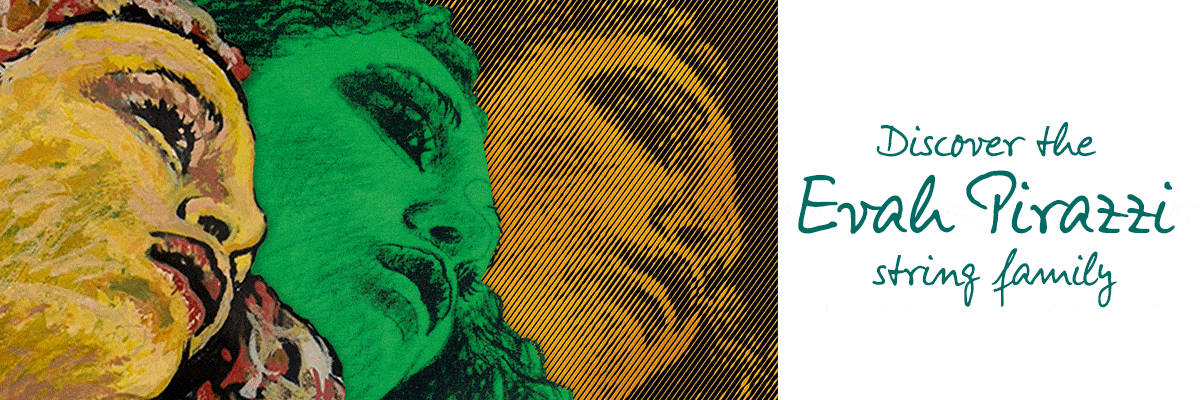
Audible Shifting
March 23, 2007 at 3:52 AM
I am in my 50s. I studied the violin as a teenager until 1971. My teacher was a student of Leon Sammetini. My teacher was born in 1923. He once demonstrated how players of his youth played. The most noticeable difference to my young ears was the audible shifts he used. He characterized them as "out of fashion" and obsolete. By then the only audible shifts you could hear seemed to be vocalists performing country music which was the most reviled genre of music in the 1960's.A few weeks ago I went to a concert of the orchestra at The Shepherd School of Music at Rice University. This is a very fine orchestra of mostly aspiring orchestra players. They played the Rachmaninoff Symphonic Dances. It is Rachmaninoff at his most modern but there are some passages that are easily as romantic as anything he ever wrote. It was the most unromantic performance I had ever heard. There was too much playing across the strings instead of up the string. The beauty and projection of the Eing was frequently sacrificed for safety.
When Teacher took me on as a student he introduced me to the playing of Fritz Kreisler and his near contemporaries including Jacques Thibaud (and interestingly, Henri Marteau).
They are not easy to characterize but a consistent feature of all their playing is beautiful (and audible) shifting. Even Heifetz shifts audibly (although somewhat less so than the others.)
I would love to see a return to more audible (and beautiful) shifts but I wonder if we have lost the technique of shifting.
Posted on March 23, 2007 at 3:58 AM
I believe Joshua Bell has it. Another player well renowned for expressive shifting is William Preucil.
Cheers,
Buri
Posted on March 23, 2007 at 5:53 PM
Jackie
Posted on March 23, 2007 at 7:14 PM
Somewhere along the way this sound fell out of fashion and now players go to great lengths to avoid shifting or shift faster.
Of course it is easy to tasteless with audible shifts but if you listen to recordings of Kreisler or Thibaud you can hear the lovely sweet sound of the player shifting to a note.
I see these shifts as a cultivated artifact of a basic left hand technique which dictates slow shifts. The cultivation is to make sure that what comes naturely as a function of the movement of the left hand over the fingerboard is not ugly or tasteless.
Posted on March 24, 2007 at 1:23 AM
I believe that Mr. Rosand is a big fan of expressive shifting and he probably never characterized audible shifts as obsolete.
I do have another point of agreement with Mr. Rosand. I do not think that it likely that one can develop this kind of shifting technique if one uses a shoulder rest. I could be wrong.....
Posted on March 24, 2007 at 2:36 PM
This entry has been archived and is no longer accepting comments.
Violinist.com is made possible by...
Dimitri Musafia, Master Maker of Violin and Viola Cases
Johnson String Instrument/Carriage House Violins
Subscribe
Laurie's Books
Discover the best of Violinist.com in these collections of editor Laurie Niles' exclusive interviews.

Violinist.com Interviews Volume 1, with introduction by Hilary Hahn

Violinist.com Interviews Volume 2, with introduction by Rachel Barton Pine






